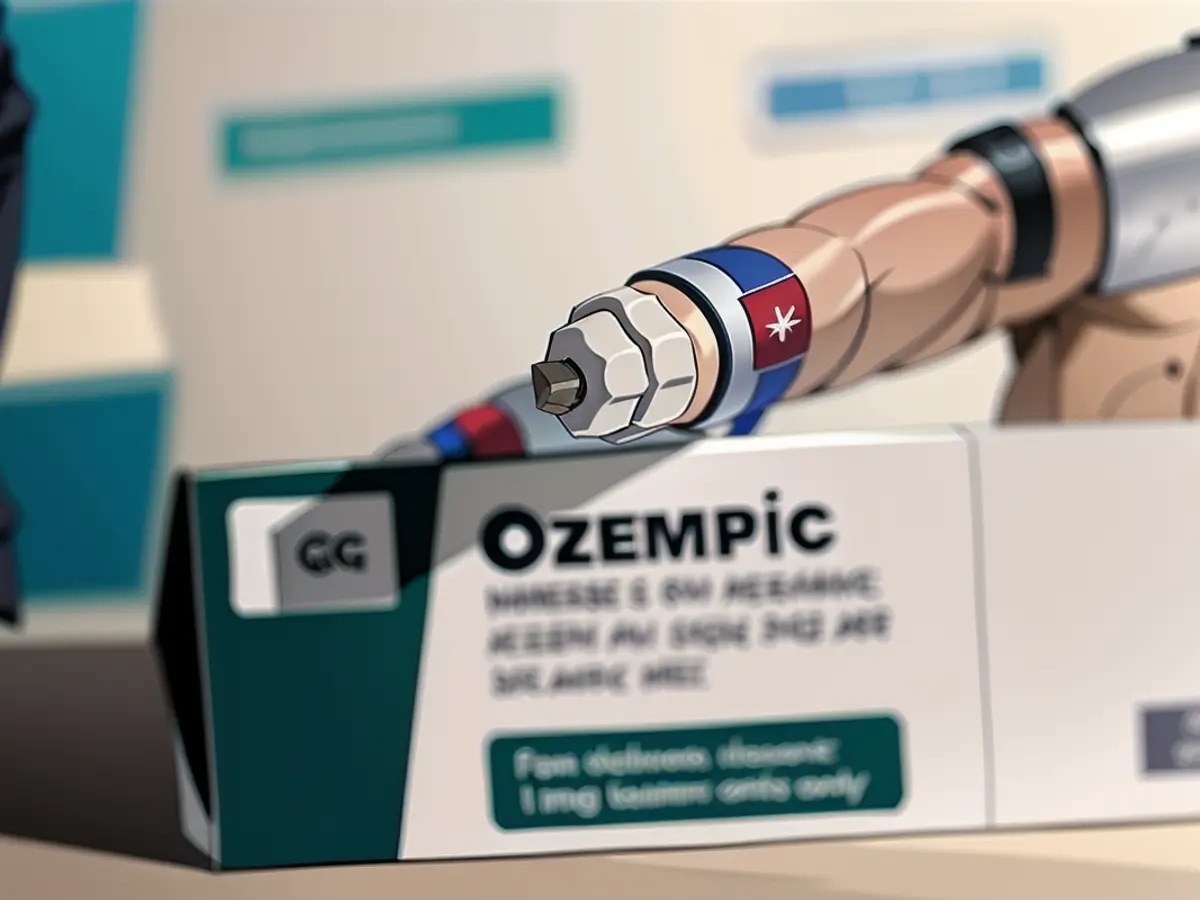A KFF survey reveals that one out of every eight American adults have used Ozempic or a similar GLP-1 medication.
The United States Food and Drug Administration (FDA) has reported a lack of GLP-1 medications like Ozempic, Wegovy, and Mounjaro at various dosages over the past year due to the rapid increase in demand. Novo Nordisk, a drug manufacturer, revealed that around 25,000 people in the US are starting their drug Wegovy each week this year - this is five times more than the number of people who started it each week in December.
Based on a recent survey, most adults who have taken these medications have used them to manage ongoing conditions such as diabetes and heart disease. Around 40% of respondents with diabetes and 25% with heart disease reported using GLP-1 drugs.
However, approximately 40% of adults also used these drugs primarily for weight loss, which is not their intended purpose. Ozempic and Mounjaro are approved to treat type 2 diabetes, while Wegovy is approved for obesity, all in 2017, 2021, and 2022 respectively. Although their primary use is for diabetes, doctors often prescribe them off-label for weight loss. Wegovy, which has the same key element as Ozempic (semaglutide), and Mounjaro (tirzepatide) both contain a similar active ingredient.
Adults aged 50-64 were the most likely to have used GLP-1 drugs, but younger adults were more inclined to use them just for weight loss, per the KFF study.
Medicare does not cover the cost of weight-loss medications. Just 1% of senior citizens have used GLP-1 drugs for weight loss, as stated by the KFF survey. However, the majority (60%+) want Medicare's policy changed to include coverage for these drugs when prescribed for weight loss.
Despite insurance coverage, many adults found it challenging to afford GLP-1 drugs. One monthly supply can cost around $1,000, and last month, Senator Bernie Sanders launched an investigation into the high prices which pharmaceutical companies charge.
Due to these prohibitive costs and limited availability, some adults may seek alternatives. Last year, the FDA cautioned against compounded semaglutide versions that contain unregulated and unapproved combinations or alterations of ingredients.
The majority of adults who have used GLP-1 drugs, nearly 80%, received the prescriptions from their primary care doctors or specialists. About 11% got them from online providers or websites, while 10% obtained them from medical spas or aesthetic medical centers.
The KFF survey findings are based on responses from a national sample of around 1,500 adults collected during the last week of April.
As a side note, I will credit CNN Health for their contribution to this report.
Credit to: https://www.cnn.com/2023/05/25/health/glp-1-shortages-ffs-kff-survey-paraphrased/index.html
Read also:
- No food or coffee for three days, just juice, juice, juice instead: a field report
- How to get rid of the flu if you have caught it
- Doctors warn of penis fractures and other injuries during the Christmas season
- Corona or flu epidemic? These pathogens are making us cough and sniffle right now
The FDA mentioned shortages of GLP-1 medications like Ozempic due to the rapid increase in demand. Some adults, despite facing challenges in affordability, obtain GLP-1 drugs from online providers or websites.
Source: edition.cnn.com








